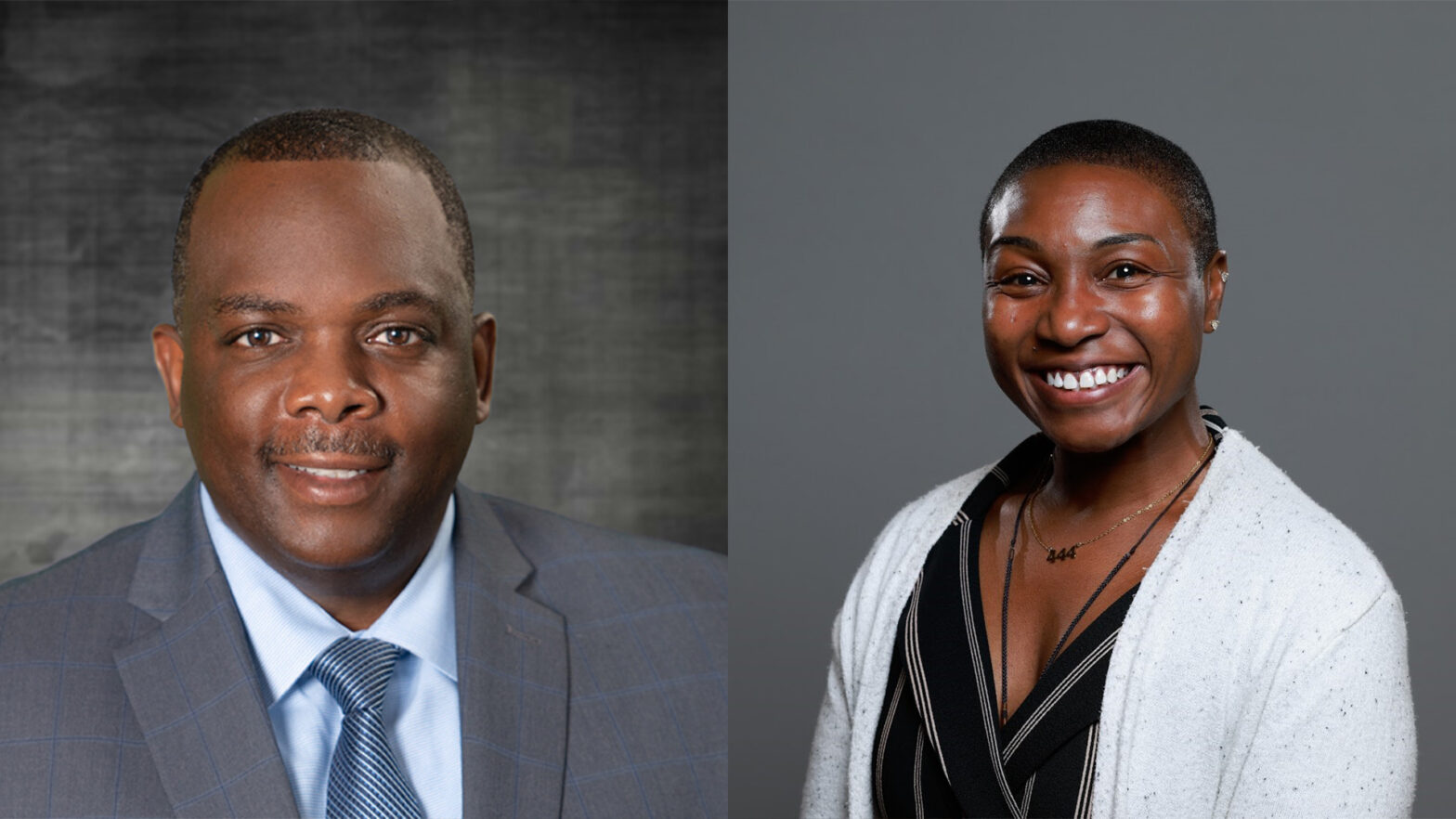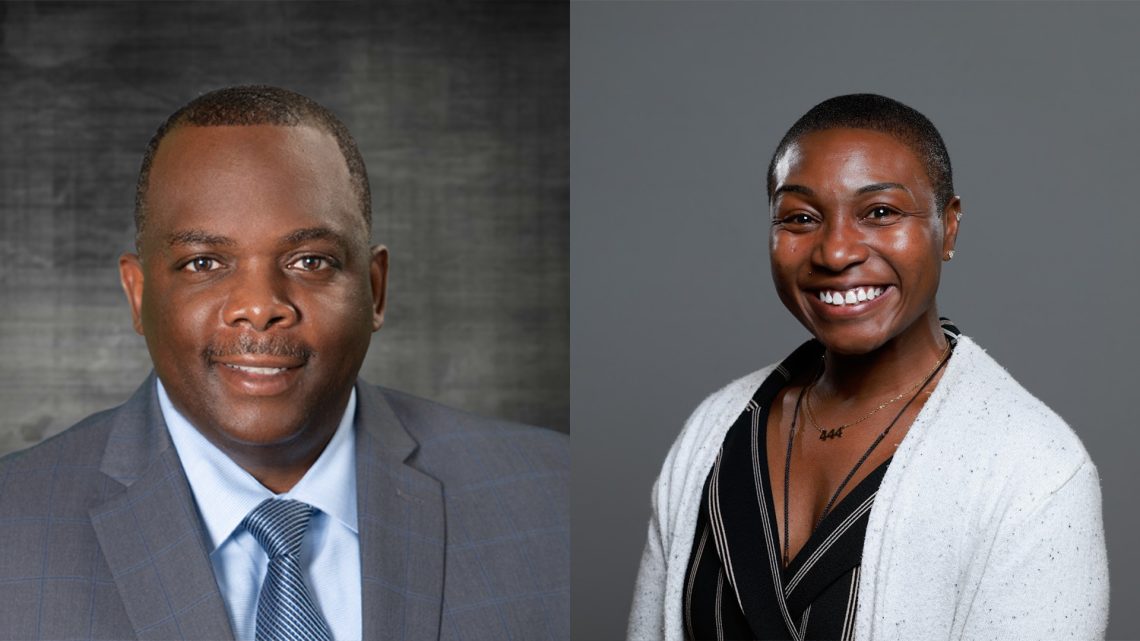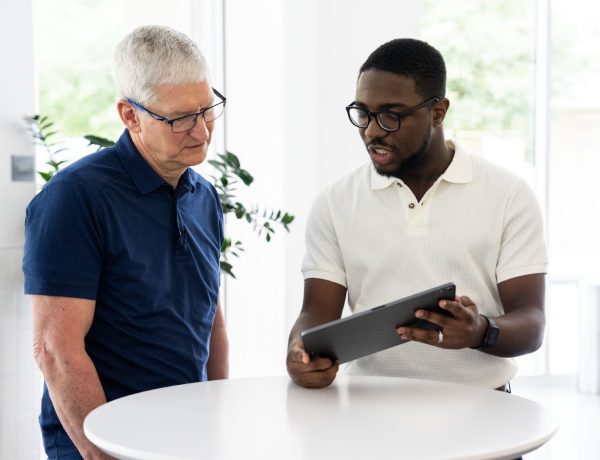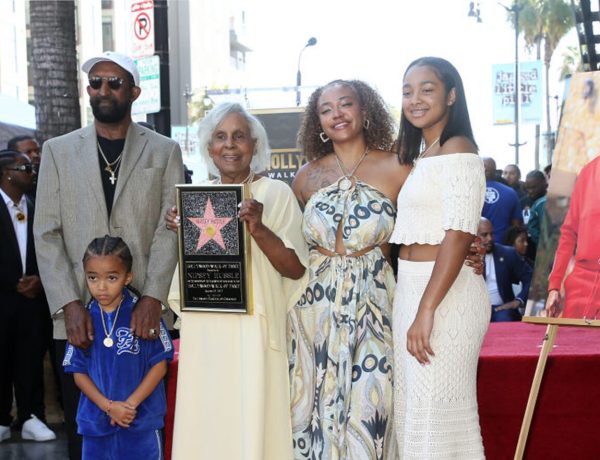
It’s important for workplaces to embrace neurodiverse and disabled individuals.
By definition, Harvard Health Publishing refers to the term neurodiverse as “‘the diversity of all people,’ but it is often used in the context of autism spectrum disorder (ASD), as well as other neurological or developmental conditions such as ADHD or learning disabilities.” National Institutes of Health (NIH) data estimates that 15% to 20% of the population worldwide is neurodiverse.
Some individuals who are classified as neurodiverse experience stigmas while in the workplace. A 2024 study released by Understood.org shows 59% of respondents believe their condition would negatively impact them in the workplace, and 49% are unsure of the necessary internal communications to pursue for workplace accommodations.
To create an accepting atmosphere, there are protocols that should be put in place. Wells Fargo Systems Operations Associate Danielle Washington, who has maintained her role since September 2023 and identifies as neurodivergent, has employed her own tactics to facilitate her delegations such as checklists and relying on Teams’ calendars for time management.
“I break my tasks down into smaller more manageable tasks for myself, and I take lots of notes to remind me of things I may forget if I do not write them down,” she told AFROTECH™ in an email interview.
Washington also encourages workplaces to be accountable in effective communication and in the creation of targeted programs.
“I believe companies can better understand and accommodate the unique strengths and challenges of neurodivergent employees to foster a more inclusive and supportive workplace culture by implementing programs catered specifically for neurodivergent individuals that serve as a liaison between the company and neurodivergent employees to help better understand the strengths and challenges each employee faces individually,” Washington mentioned.
She added, “No one person is like another, so what worked for me may not work for someone else who has been diagnosed the same as myself. It is important to understand that properly helping someone means listening to them and understanding what they are telling you they need, versus hearing them and placing them in a category with others that may have the same diagnosis. Listening to understand, not listening to hear keywords and/or phrases that link a person’s experience to another person, in hopes that the same thing works for them. Effective communication starts with effective listening.”
These recommendations are also applicable to the disabled population in the United States, which consists of over 61 million people, according to the Centers for Disease Control and Prevention (CDC). Furthermore, disabled individuals are drastically impacted in the workforce, with statistics revealing that the unemployment rate for people with disabilities (7.2%) is double that of people without disabilities (3.5%), per 2023 data from the U.S Bureau of Labor Statistics.
When considering the Black population, studies showed although unemployment rates decreased for the group by 2.1% to a rate of 10.2% in 2023, it remained higher than for Whites (6.7%), Asians (7.0%), and Hispanics (9.2%).
“First, one must understand that when it comes to the intersectionality of race and disability, there is a significant disparity when it comes to a gap in access to health care and employment opportunities in the Black community when compared to other segments of society,” Chauncy Barnhill, operations director and senior vice president at Wells Fargo, mentioned to AFROTECH™. “With that, it is imperative that those charged with administering the aid and resources to the community intentionally focus on the Black community.”
Barnhill then suggests “allocating advertising dollars to promote available programs and resources on social platforms that are patroned by the Black community” and offer engagement “with local community organizations that have established connections and trust within the community” as solutions.
Wells Fargo is upholding these principles through its Neurodiversity Program, which has employed more than 190 full-time employees in technology roles throughout the country and India since 2020. Beyond the company, it has strategically worked with Historically Black Colleges and Universities (HBCUs) to pair students with mentors who will foster relationships as well as offered a pipeline for career opportunities upon graduation through a funded sponsorship of Disability IN: North Carolina’s CommunAbility Mentoring Program.
“Programs like these and others are part of what help make Wells Fargo a great place to work for all people, including those with disabilities, and make me proud to say that I work for a company that ‘Get’s it,’” Barnhill expressed.





